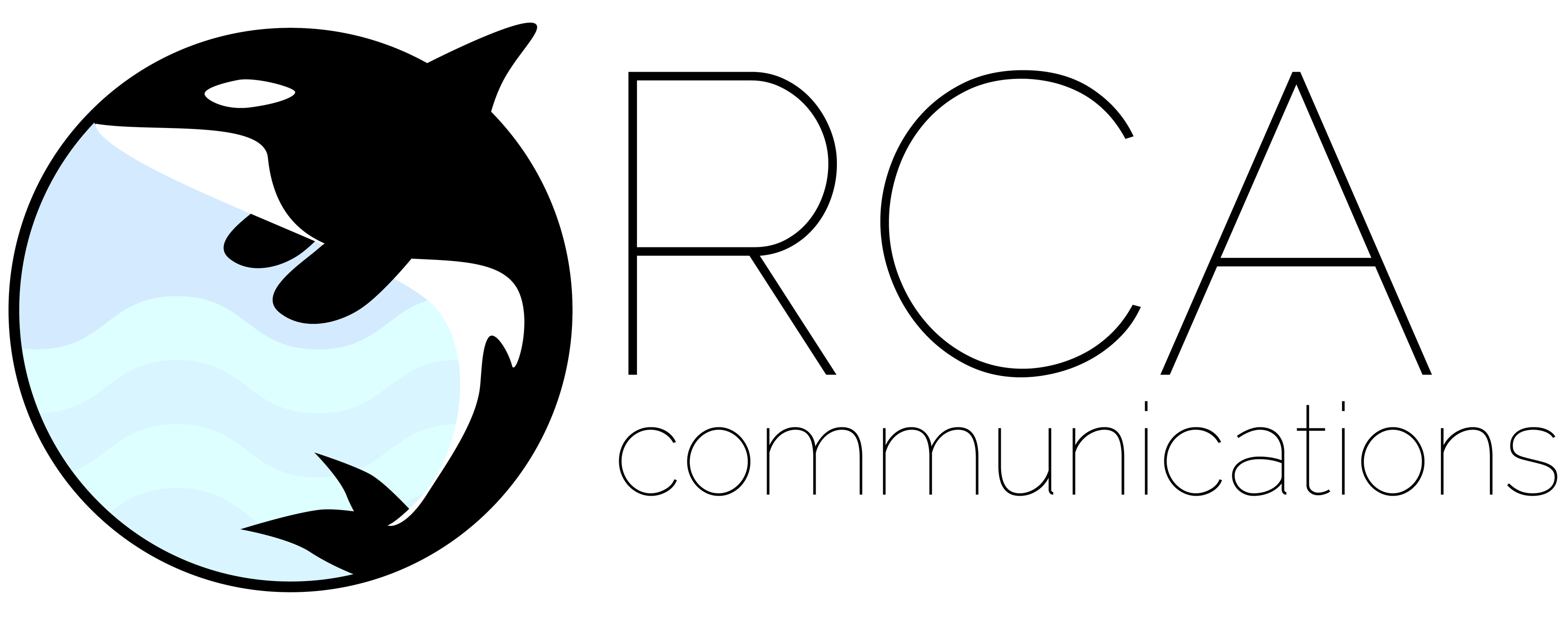Guest Post: How Retailers Decide Which New Products to Stock
Written by Yohan Jacob, Retailbound
ORCA COMMUNICATIONS INVITED RETAILBOUND, ONE OF OUR STRATEGIC PARTNERS IN THE RETAIL SPACE, TO WRITE A GUEST BLOG POST SHARING ITS EXPERTISE WITH OUR CLIENTS AND FOLLOWERS ON THE TOPIC OF RETAIL MARKETING. FOR ANY START-UP OR SEASONED BUSINESS OWNER WITH PRODUCTS ON STORE SHELVES, YOU’LL WANT TO READ THIS!
When new products are introduced to the market, retailers have to decide which ones to stock on their shelves. This can be a tough decision, as there are many factors to consider. In this blog post, we’ll take a look at the three main factors that influence a retailer’s decision to stock a new product. We’ll also see how these factors can be used to your advantage when pitching a new product to retailers. Finally, we’ll touch on some other considerations that retailers take into account when stocking new products.
Before a new product hits the shelves, retailers have to decide whether or not to stock it in their store. This decision can be influenced by many factors, such as the product’s target market, its price point, and its shelf life. In this blog post, we’ll take a closer look at three of the main factors that influence a retailer’s decision to stock a new product:
1. The product’s target market
2. The product’s price point
3. The product’s shelf life
The Product Target Market
When new products are developed, it is important to consider the target market. This requires an understanding of who is most likely to purchase the product and why. For example, a new type of toothpaste may be designed for children. In this case, the target market would be parents with young children. The packaging and marketing materials would be designed to appeal to this group. Similarly, a new type of dog food would be targeted at pet owners. The retail shelves would be stocked with this new product in locations where pet owners are most likely to shop. Understanding the target market is essential for ensuring that new products are successful.
The product’s price point
For new products, the price point is always a key consideration. Too high and consumers will be unwilling to take a chance on something new; too low and the product may be perceived as being of poor quality. In addition, the price point must be competitive with other similar products on the retail shelves. A new product that is significantly more expensive than its competitors is unlikely to gain market share, while a new product that is priced too low is likely to generate little profits for the company. Thus, finding the right price point for a new product is essential for its success.
The product’s shelf life
When customers purchase new products, they generally expect them to have a long shelf life. However, the shelf life of a product can vary considerably depending on the type of product and where it is sold. For example, new clothing items often have a shorter shelf life than other types of products because they go out of style quickly. Similarly, new food items generally have a shorter shelf life than other types of products because they expire more quickly. However, new electronic items often have a longer shelf life than other types of products because they continue to work properly for many years. Ultimately, the shelf life of a product is determined by numerous factors, including its type and where it is sold.
Conclusion
If you’re looking to pitch a new product to retailers, it’s important to keep these factors in mind. By understanding how retailers make stocking decisions, you can increase your chances of getting your new product onto store shelves.
When deciding whether or not to stock a new product, retailers will also take other considerations into account. These include the product’s packaging, the space available on store shelves, and the retailer’s return policy. Keep these factors in mind when pitching a new product to retailers, as they can make or break a deal.
Pitching a new product to retailers can be a daunting task. But by understanding how retailers make stocking decisions, you can increase your chances of success. Keep the factors we’ve discussed in mind when making your pitch, and you’ll be one step closer to getting your new product onto store shelves.
If you’re looking to launch a new product in retail stores, Retailbound can help. We offer a wide range of services to manufacturers, from product development and packaging to shelf space planning and retailer relations. Contact us today to learn more about how we can help you get your new product onto store shelves.
This guest blog post was provided by Yohan Jacob at Retailbound, a retail solutions agency that helps innovative product brands scale in retail. Interested in getting your product launched in retail? Visit www.retailbound.com or email info@retailbound.com for more information.

